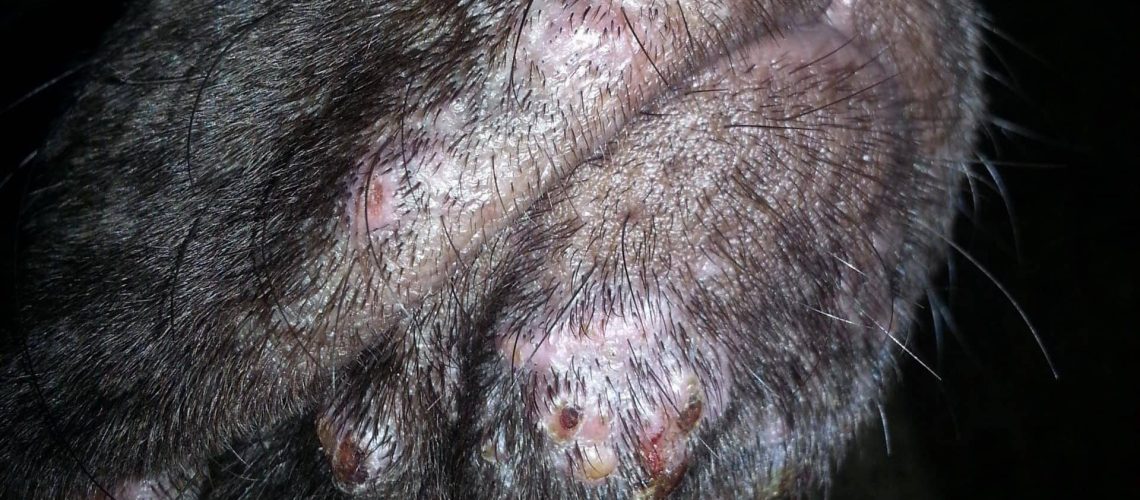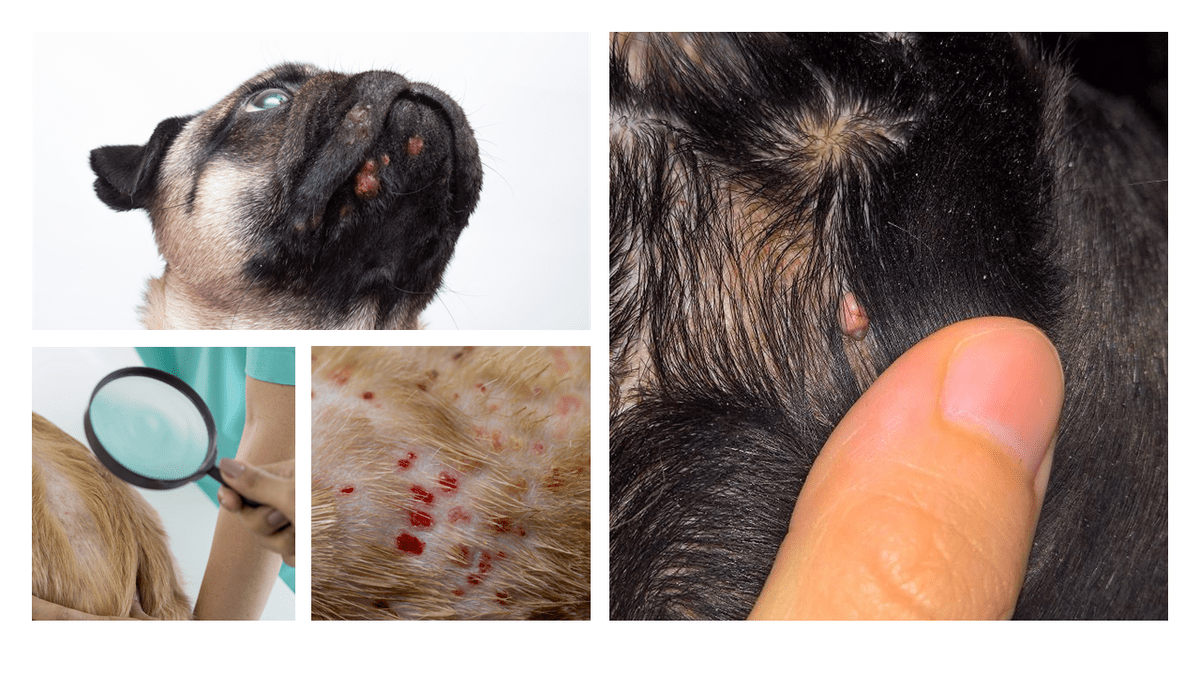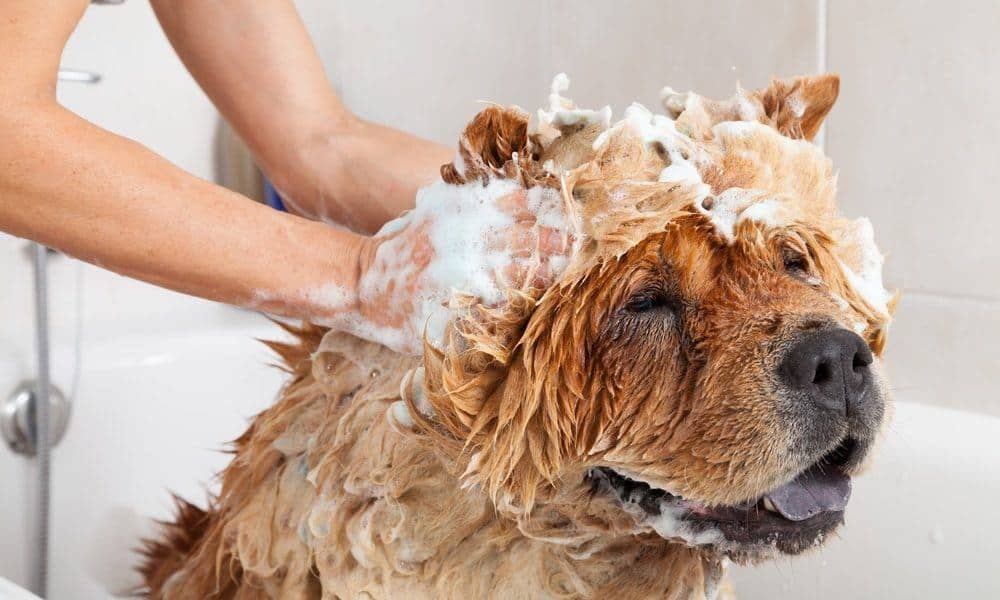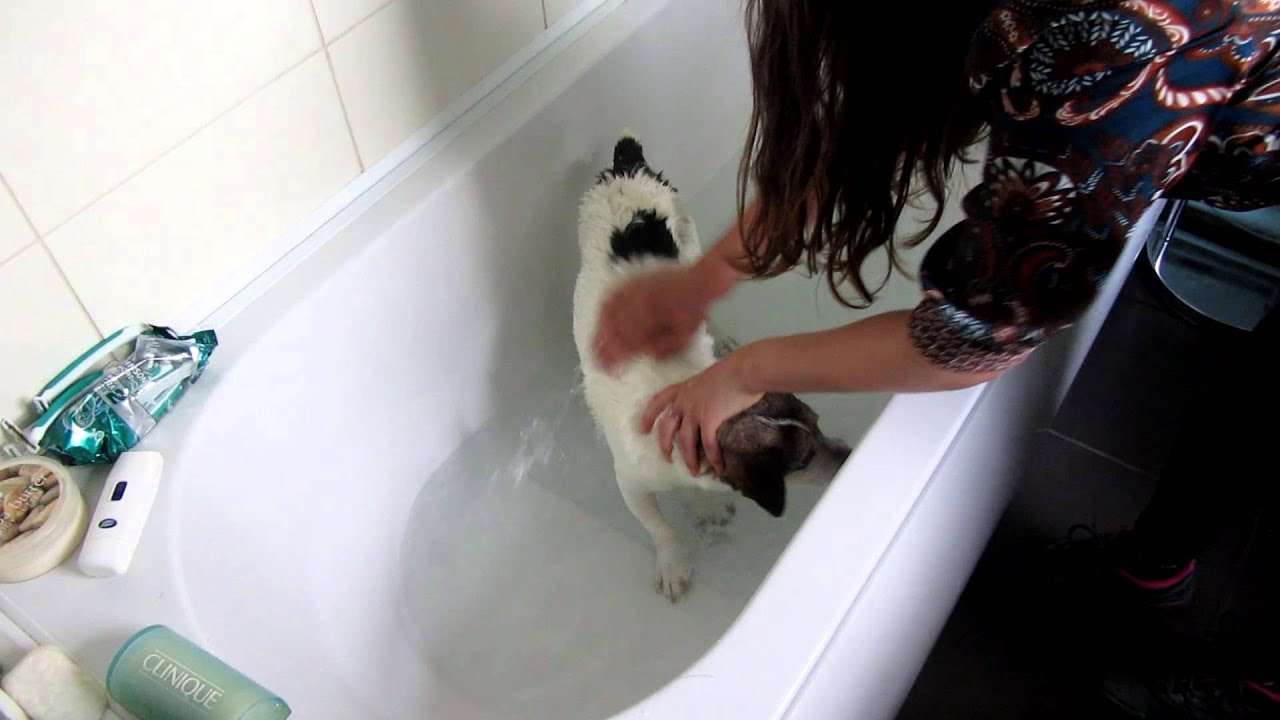Key Takeaways:
- Consult a veterinarian before attempting any treatment on your dog's pimples to ensure proper diagnosis and appropriate course of action.
- Keep your dog's skin clean by regularly bathing them with a mild, hypoallergenic shampoo recommended by your vet.
- Avoid squeezing or popping your dog's pimples as it can lead to infection and further irritation.
- Consider using topical treatments prescribed by your vet, such as antibacterial ointments or medicated wipes, to help reduce inflammation and promote healing.
- Prevent future breakouts by maintaining a healthy diet for your dog, providing regular exercise, and keeping their living environment clean.
Are you a dog lover who wants to ensure your furry friend's health and happiness? If so, understanding how to treat pimples on dogs is essential for their overall well-being. Just like humans, dogs can develop pesky pimples that can cause discomfort and irritation. But fear not! By delving into this topic, you will gain valuable knowledge on how to alleviate your pup's discomfort and restore their skin's natural balance. With clear and simple language suitable for a 7th grader, we will guide you through the process of treating pimples on dogs effectively. So let's dive in and equip ourselves with the tools to keep our four-legged companions happy and healthy!
Signs that your dog may have pimples
If you notice some small, red bumps on your furry friend's skin, it is possible that they have pimples. Just like humans, dogs can also get pimples, especially during their teenage years. These pimples are usually found on the face, chin, and back. You may also notice some blackheads or whiteheads in these areas.
Another sign to look out for is if your dog is scratching or rubbing their skin more than usual. Pimples can be itchy and uncomfortable for them, causing them to try and relieve the irritation by scratching or rubbing against furniture or the floor.
Common signs of pimples in dogs:
- Small red bumps on the skin
- Blackheads or whiteheads
- Increase in scratching or rubbing
Tips:
- Check your dog's skin regularly for any changes or bumps.
- If you notice any signs of pimples, avoid touching or squeezing them as this can cause further irritation.
How to clean your dog's skin to treat pimples
Cleaning your dog's skin is an important step in treating their pimples. It helps remove dirt, excess oil, and bacteria from their pores, which can contribute to the formation of pimples. However, it is essential to use gentle products specifically formulated for dogs to avoid further irritation.
You can start by giving your pup a warm bath using a mild shampoo designed for sensitive skin. Gently massage the shampoo into their fur and focus on areas where they have pimples. Rinse thoroughly to ensure all shampoo residue is removed.
Tips for cleaning your dog's skin:
- Use a mild shampoo designed for dogs with sensitive skin.
- Gently massage the shampoo into their fur, paying extra attention to areas with pimples.
- Rinse thoroughly to remove all shampoo residue.
Shampoos and soaps for treating pimples on dogs
When choosing a shampoo or soap to treat your dog's pimples, it is essential to look for products that are specifically formulated for dogs with sensitive skin. These products should be gentle, hypoallergenic, and free from harsh chemicals or fragrances that can further irritate their skin.
Some ingredients to look for in a dog acne treatment shampoo or soap include benzoyl peroxide, salicylic acid, or sulfur. These ingredients help cleanse the pores, reduce inflammation, and kill bacteria that may be causing the pimples.
Recommended shampoos and soaps for treating dog pimples:
- Benzoyl peroxide-based shampoos
- Salicylic acid-based shampoos
- Sulfur-based shampoos
Tips:
- Consult your veterinarian before using any medicated shampoos or soaps on your dog.
- Follow the instructions provided by the manufacturer when using these products.
Foods and treats to avoid if your dog has pimples
The food we feed our furry friends can have an impact on their skin health. If your dog is prone to pimples, it may be beneficial to avoid certain foods and treats that can worsen their condition. These foods often contain high levels of artificial additives, preservatives, or allergens that can trigger inflammation and skin issues.
Avoid feeding your dog foods that contain excessive amounts of carbohydrates, such as grains or fillers. Opt for high-quality, grain-free dog food that is rich in lean protein sources like chicken or fish. Additionally, avoid giving them treats that are high in sugar or artificial ingredients.
Foods and treats to avoid if your dog has pimples:
- Grain-based dog food
- Treats with high sugar content
- Artificially flavored treats
Tips:
- Consult your veterinarian for dietary recommendations tailored to your dog's specific needs.
- Introduce any dietary changes gradually to avoid digestive upset.
Safely handling your dog's pimples: popping or squeezing?
When it comes to handling your dog's pimples, it is generally best to avoid popping or squeezing them. Although it may be tempting to try and remove the pimple, this can lead to further irritation, infection, or scarring. Popping a pimple can also be painful for your furry friend.
If you notice that a pimple on your dog has burst on its own and is oozing pus or blood, gently clean the area with a mild antiseptic solution and apply a pet-safe antibiotic ointment. This will help prevent infection and promote healing.
Tips for safely handling your dog's pimples:
- Avoid popping or squeezing the pimples.
- If a pimple bursts on its own, clean the area with a mild antiseptic solution.
- Apply a pet-safe antibiotic ointment to prevent infection.
When to consult a veterinarian for help with your dog's pimples
If your dog's pimples do not improve or if they worsen despite your efforts to clean and treat them, it is essential to consult a veterinarian. They can examine your furry friend's skin, determine the underlying cause of the pimples, and provide appropriate treatment.
Your veterinarian may recommend topical medications, oral antibiotics, or other treatments depending on the severity of the condition. They can also offer guidance on proper skincare routines and dietary adjustments to help manage your dog's pimples effectively.
When to consult a veterinarian:
- If your dog's pimples do not improve or worsen over time
- If the pimples are accompanied by other symptoms such as excessive itching or hair loss
- If you are unsure about how to properly care for your dog's skin
Tips:
- Keep track of any changes in your dog's behavior or overall health and communicate these to your veterinarian.
- Follow your veterinarian's instructions carefully regarding medication administration and skincare routines.
In conclusion, treating pimples on dogs involves keeping their skin clean and avoiding irritants. It's important to consult a veterinarian for proper diagnosis and treatment options.
How can I treat my dogs pimples at home?
For mild cases, just using benzoyl peroxide may be enough to clear up canine acne. However, for more severe cases, long-term use of benzoyl peroxide may be necessary to reduce the chances of it coming back. "The most commonly used treatment for canine acne is applying benzoyl peroxide directly to the affected area."
Do dog pimples go away?
Acne in dogs can be a result of their own hormonal changes during their puberty phase, which typically occurs between five to eight months of age. Therefore, by the time your dog reaches around one year old, their acne issue should resolve itself.
Why my dog is getting pimples?
Main Point: Canine acne is the result of blocked hair follicles due to bacteria, dead skin cells, or oil, resulting in painful pimples. Puppies aged 5-8 months are more prone to developing acne, which is thought to be caused by hormonal changes. Acne can occur on various parts of a dog's body, including their back, belly, ears, and chin. This information was last updated on November 2, 2022.
Can I put Neosporin on my dogs pimple?
Numerous veterinarians believe that small wounds can heal properly without the need for topical medications, as long as the dog doesn't lick the affected area. It is recommended to clean the wound and consult with your veterinarian for guidance, while avoiding the use of products like Neosporin unless specifically advised by a vet.
Can I put Neosporin on my dog?
Neosporin is generally considered safe for dogs, but excessive ingestion can cause illness. Alternatively, you can use pet-specific wound care ointments and medicated wipes to prevent infection. If your dog's wound continues to bleed and requires a bandage, it is advisable to consult a veterinarian.
Is hydrogen peroxide good for dog acne?
Is it safe to use hydrogen peroxide for dog acne? No, veterinarians advise against using hydrogen peroxide for dog acne or wound cleaning. It can harm the skin cells of dogs and hinder the healing process.

















